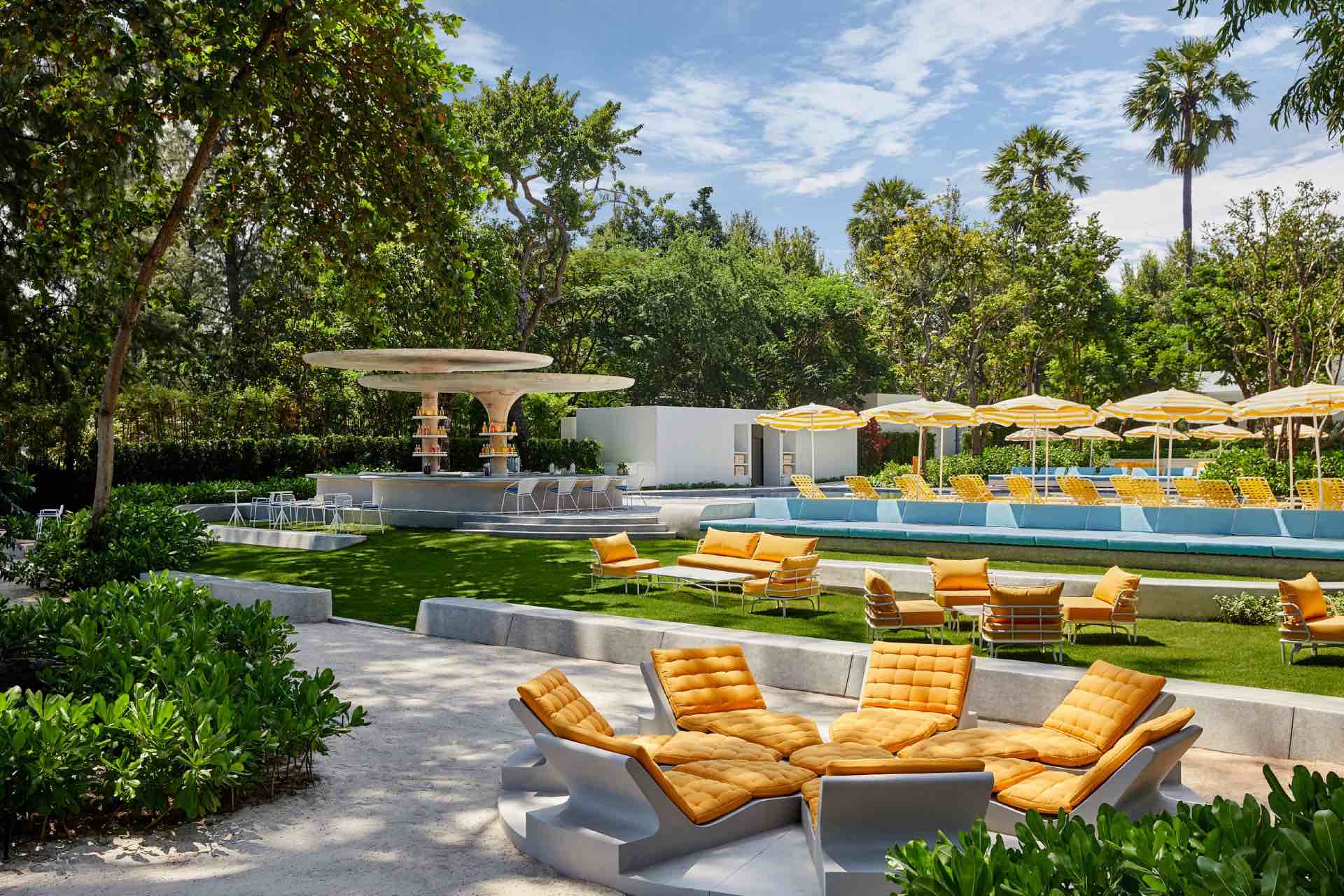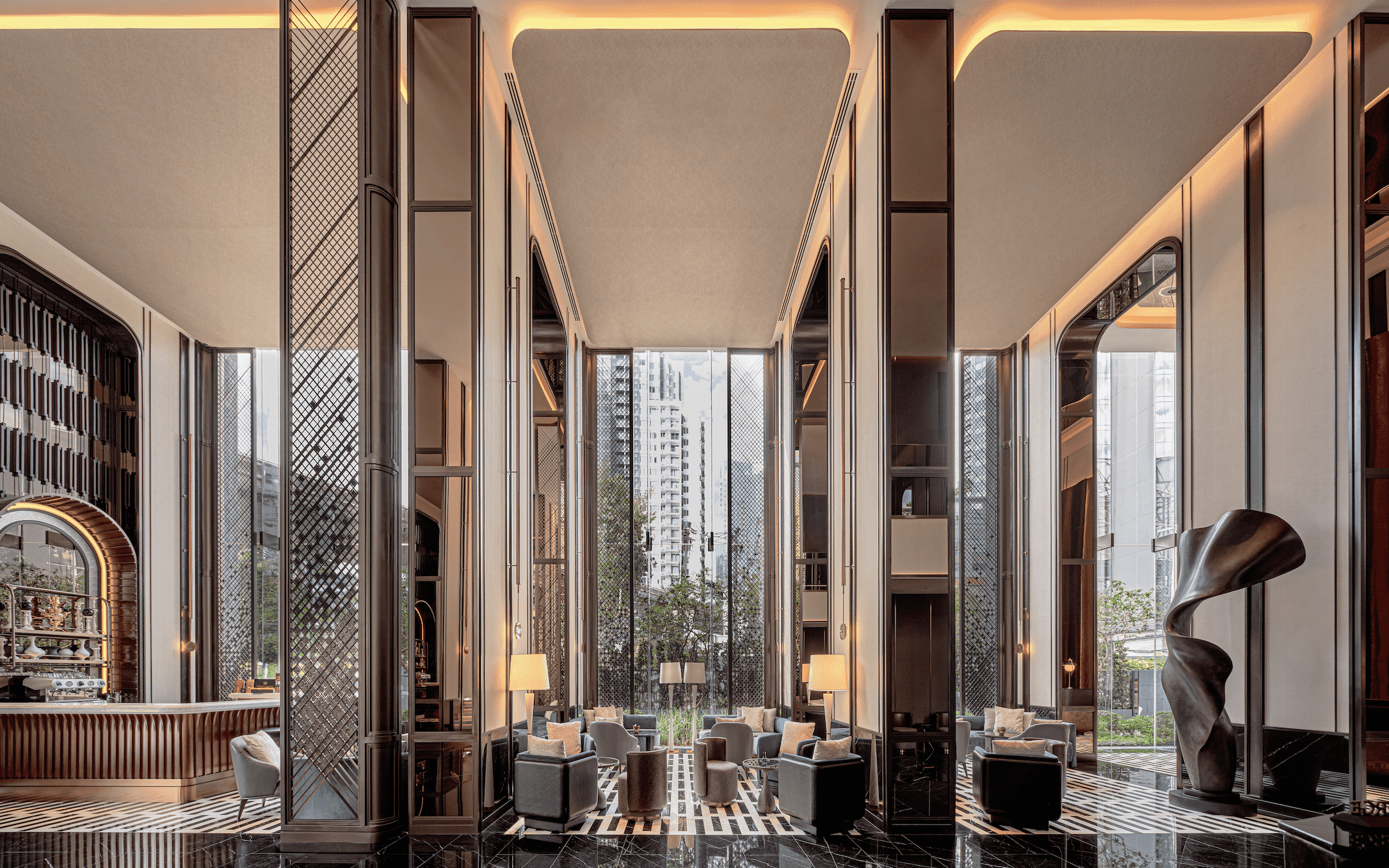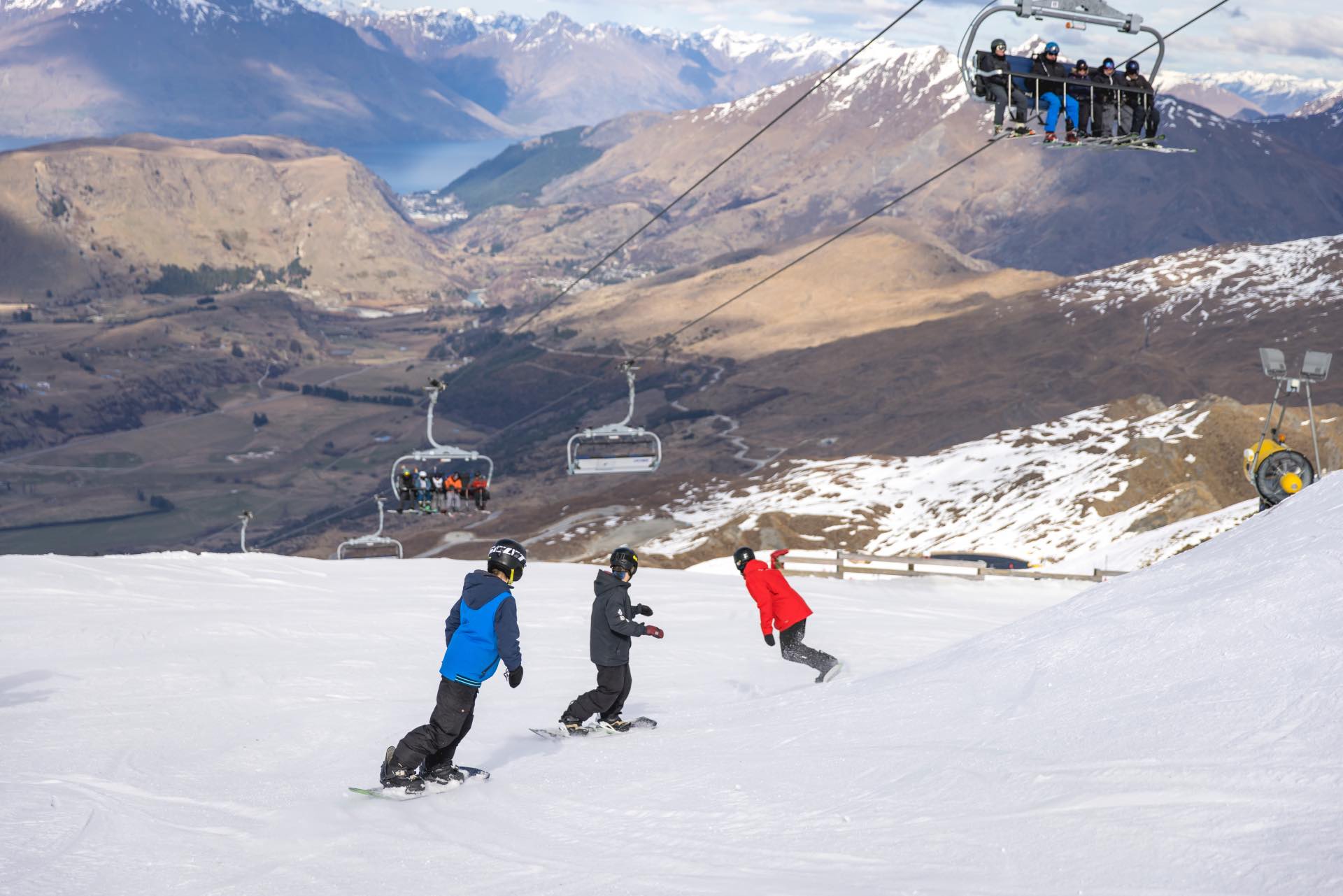Stretching all the way from the French border to just 30 miles outside of Barcelona, the rugged Costa Brava enjoys a mixed reputation with Euro holidaymakers. It’s true that some resorts get overrun in the summer, but the coastline twists and turns around so many beautiful coves and tiny towns steeped in history, that it’s never that hard to escape the crowds.
Dalí, Lah
Everyone’s favorite Spanish surrealist was born in Figueres, and connecting the dots of the Dalí Cultural Triangle (the Dalí Theatre-Museum, housing a huge collection of his works in Figueres itself; his former home, the Portlligat Museum-House in Cadaques; and the now-crumbling castle he gifted his wife in Púbol) is one of the big draws, lending a semblance of purpose to your wanderings around the region. Not that you need it: wherever you end up, there’s history and charm to burn.
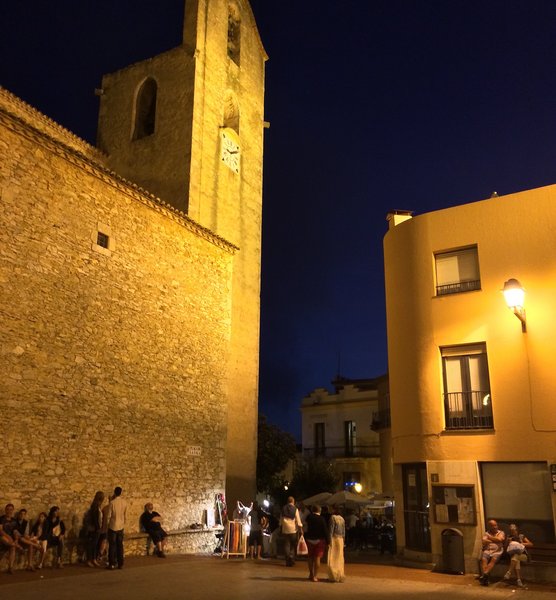
Begur
Two of our favorite spots were the postcard-perfect village of Pals and nearby Begur, a beguiling medieval castle town on a hill overlooking the coast, which has become a favorite weekend spot for stylish Barcelonés and is packed with hip little boutique hotels and restaurants. Among the best: contemporary Catalan fare (and a vinyl playlist) in a neoclassical hotel/mansion at Aiguaclara (St Miquel, 2 Begur; +34 6 1925-3692), where three courses go for €32 ($52); and the rustic and ridiculously romantic Sa Rascassa, tucked away in a pine-wooded cove (Cala d’Aiguafreda, 3 Begur; +34 9 7262-2845). The namesake rockfish is a highlight of a simple menu, and their five simple rooms (starting from €98 ($158)) get booked up, for good reason, well in advance.
Wild Thing
It’s by no means all chi chi haunts, though—not for nothing does Costa Brava translate to “wild coast”. Spain is home to some epic hiking trails, aka Gran Recorrido (GR) and both the GR11 and GR92 routes pass through the Costa Brava. The former starts at Cap de Creus, the country’s easternmost point, before winding some 840km across the Spanish Pyrenees. It’s rugged, wild and spectacular—and the influence of the landscape on Dalí’s work isn’t hard to spot. The GR92, meanwhile, hugs the coast south, through Cadaques and onward via a succession of stunning bays and picturesque fishing villages.
With proper prep, these routes are perfectly navigable solo, but if you’re looking to cover more ground without worrying about logistics, we’d recommend the very enthusiastic Pablo of Running Costa Brava, who organizes running (and hiking) tours of the region. Prices start from €84 ($136) for a single day to €1,000+ ($1,615) for a seven day, 160km adventure package.
The coastal paths are by no means the only routes to explore: the rest of the Costa Brava is perfect cycling country—straight roads, little traffic, tough climbs, perfect weather. There’s no shortage of serious cycling operators here (plenty of pro riders call nearby Girona home), and if you’re after some heavy-duty training you’ll find prices to match. But we liked the more informal (and much less challenging) tours offered by Cycle Catalan, with an all-inclusive, week-long guided tour for art lovers (including key Dalí sights, as well as Picasso’s haunts in Barcelona) going for €1,500 ($2,420). Another option is to explore, at your own pace, the network of old railway lines that criss-cross the Costa Brava, now converted into gravel paths and known as the Vies Verdes.
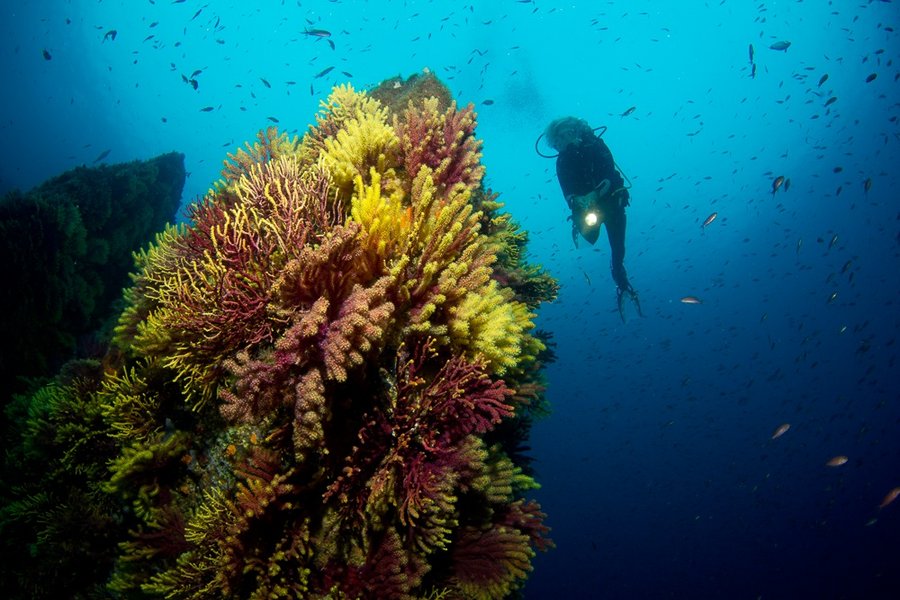
Diving with Stolli’s
Yet another kind of discovery is on offer in the tiny seaside village of Tamariu (on the GR92 and just 15 minutes’ drive from Begur), where Stolli’s Divebase (+34 9 7262-0035) offer scuba courses and trips to explore the nearby marine life. It’s very reasonably priced, at least compared to many Asian resorts: a boat dive costs €28 ($45), but you can purchase a weeklong pass for “unlimited” dives (free air for dives in the bay and one boat dive per day) for €196 ($317). While you’re there, the tiny Es Furio restaurant (+34 9 7262-0036), a former fisherman’s house by the beach, is well worth a stop, and the simple Hotel Tamariu (Passeig Mar, 2 Tamariu; +34 9 7262-0031) has some of the more affordable rooms in the region (from €90 ($145)).
A short walk around the headland from Tamariu and you’re back in the more rarefied, boho territory of Llafranc, with restaurants like the clifftop El Far (Muntanya de Sant Sebastià; +34 9 7230-1639), old-favorite Simpson (Passeig Cipsele, 10 Llafranc; +34 9 7230-1157) and casual waterfront spot Tragamar (Platja de Canadell, Calella de Palafrugell; +34 9 7261-4336) competing for your attention. Truth be told, you can’t go far wrong at any of them, especially at the end of a long day exploring that incredible countryside.
Bulli For You
Foodies the world over mourned the closure of acclaimed restaurant el Bulli in 2012. It’s acclaimed chef Ferran Adria has announced plans to reopen a new concept in the same spot in the Costa Bravan town of Roses in 2016, and the region remains one of the best places in the world for experimental cuisine. Over in nearby Girona, el Cellar de Can Roca (Calle Can Sunyer, 48 Girona; +34 9 7222-2157) was voted 2013 World’s Best Restaurant by Restaurant Magazine; and has the €190 ($305) menu and year-long waitlist to match. If dishes inspired by perfume or caramelised olives hung from a bonsai tree get you excited, you’ll want to book well before you go.
Essentials
Where to stay
Castell d’Emporda (3 La Bisbal, Empordà) is a stunningly renovated 14th-century castle in the Catalan countryside, half an hour’s drive from both the Costa Brava and Girona. The story goes that the present owners beat Dalí to it—he’d offered to pay for the place in paintings. We’d recommend paying the extra for a room in the castle itself rather than the modern extension, but regardless it’s a great base for further exploration, with impressive views over the surrounding plain. Rates start from $250.
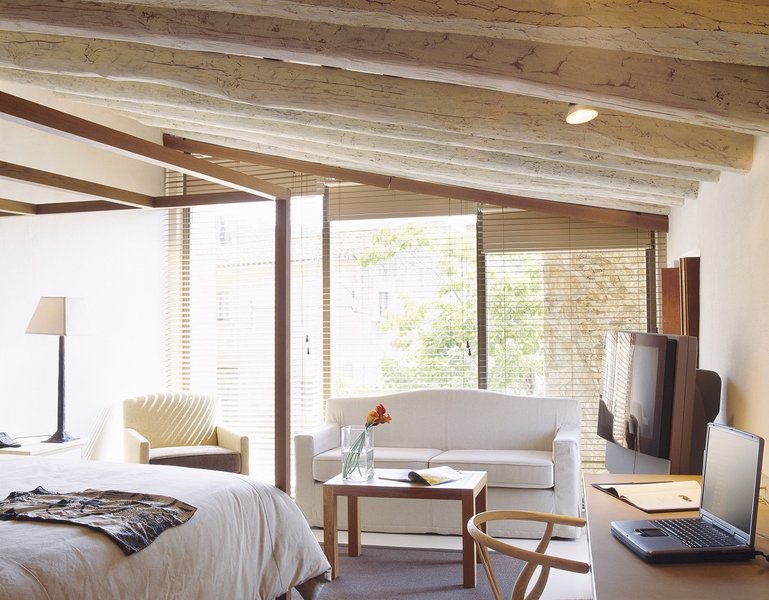
Hotel del Teatre
Closer to the coast, just a five minute drive from Begur, is Hotel del Teatre (Plaça Major, Regencós, Empordà), a set of converted farmhouses (just seven rooms and a handful of suites) in a charming—if rather quiet—medieval village. The rooms are lovely (courtesy of an acclaimed Barcelonan designer) and the contemporary Catalan restaurant, which occupies the village’s 19th century theater, is worth the trip even if you’re not staying here. Rates start from $332.
We booked with Mr and Mrs Smith, which meant we also received a bottle of cava on arrival at both destinations. Check out their website or call 800 321-1098 for more information.
Getting there
There are currently no direct flights to Barcelona from Singapore, but plenty of European airlines can get you there with one stop, British Airways and Lufthansa among them. The cheapest deal we could find on Skyscanner was with Swissair: $1,010 for a return flight via Zurich.
Getting around
You’ll need a car. In addition to the major rental companies, it’s worth checking www.holidayautos.com for cheap deals with the Spanish operators based a short bus ride from Barcelona airport. We paid €122 ($197) for nine days’ rental of a Nissan Micra, not including petrol and insurance. It’s a two hour drive from the airport to Begur.
Visa
Singaporeans do not require a visa for stays in Spain of up to three months.
Exchange rate
$1 = €0.62. That’s close to a five year high, meaning now’s a great time to visit.


